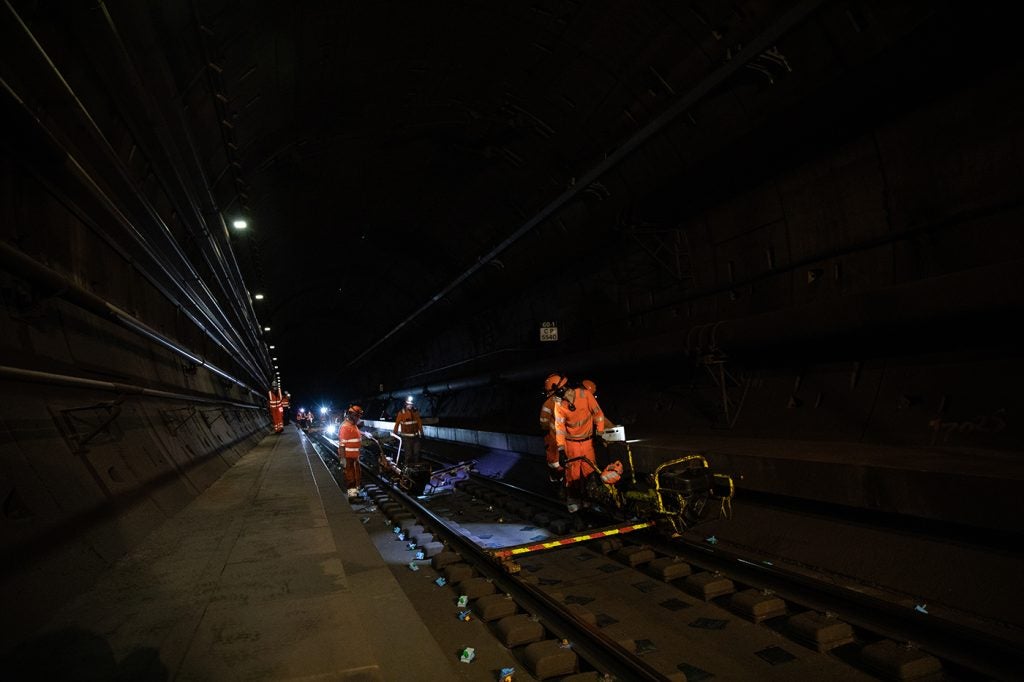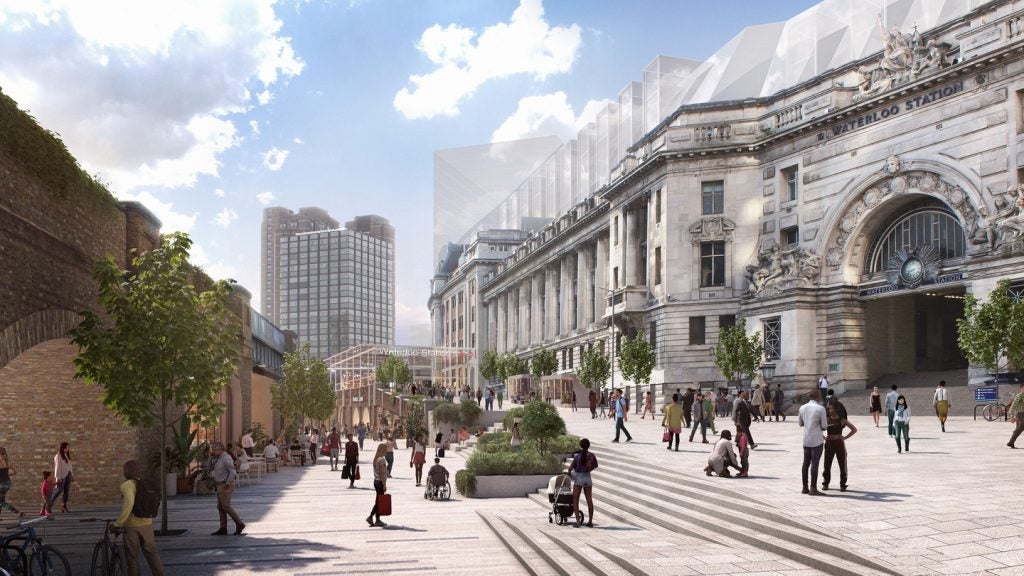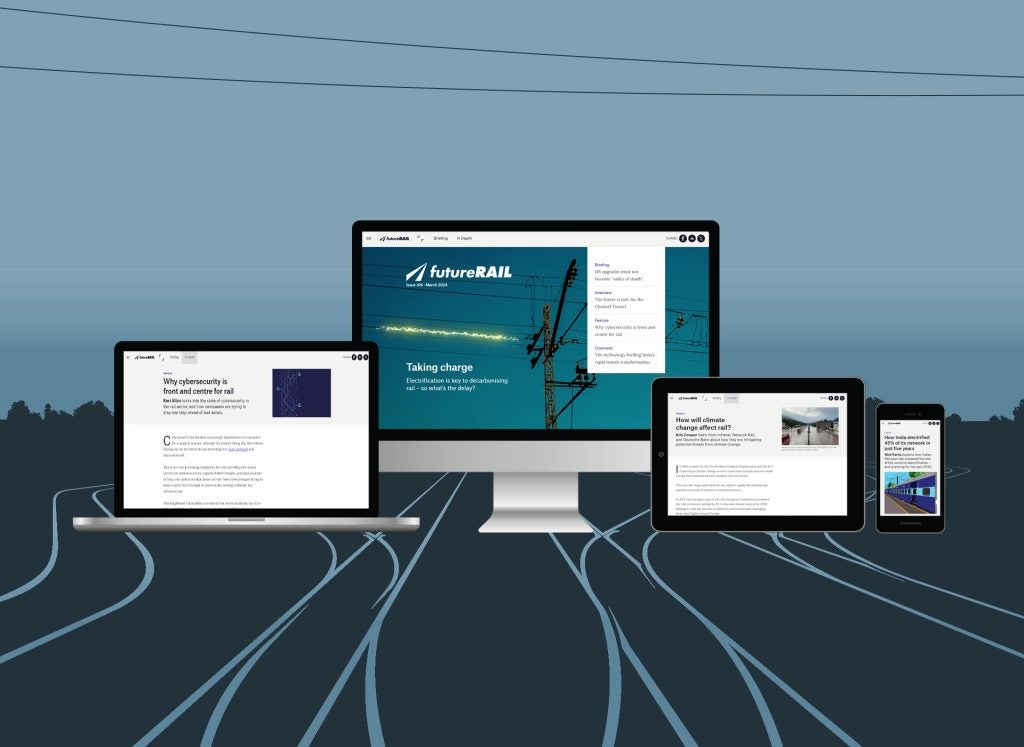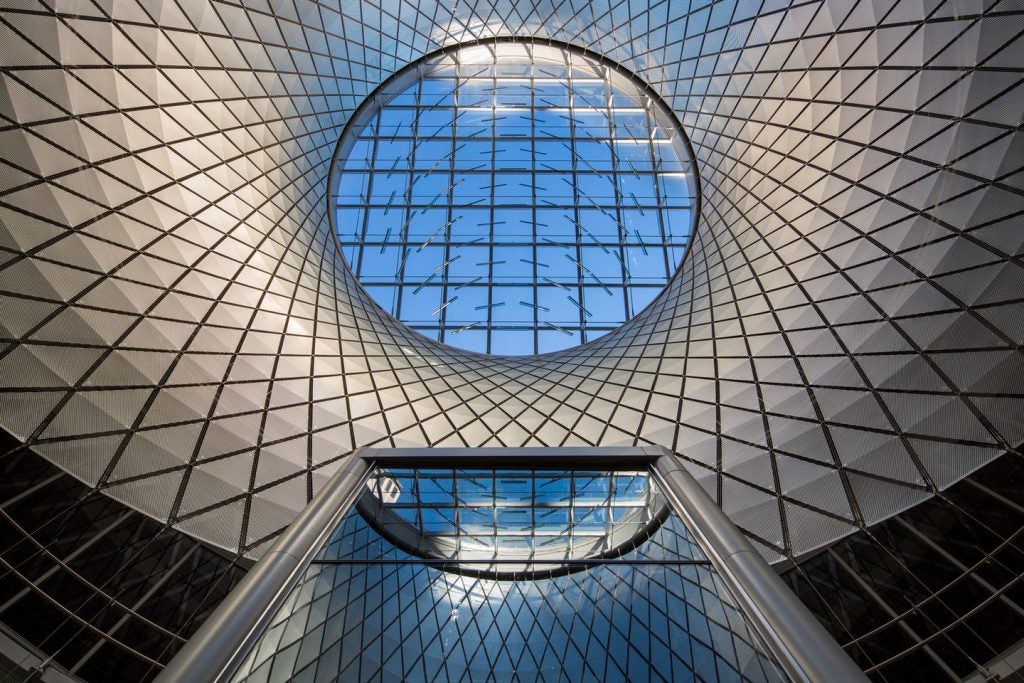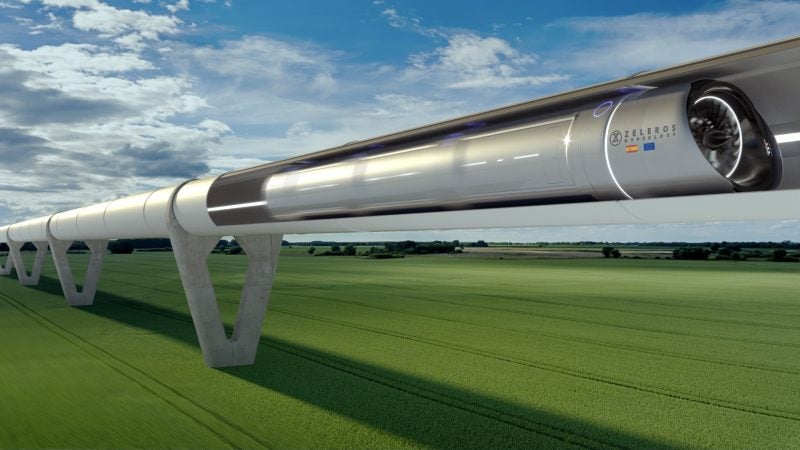
On 1 June, Spanish company Zeleros Hyperloop has announced the completion of a €7m financing round to foster a new phase for the development of its hyperloop project.
The funding, coming from Goldacre Ventures and Road Ventures amongst others, will be used to develop the technology necessary for hyperloop to become a viable high-speed transport alternative to planes and trains.
Zeleros Hyperloop CEO David Pistoni explains how the project came about and what makes it different from the rest.
Ilaria Grasso Macola (IGM): For those who don’t know, what is Zeleros’s hyperloop project?
David Pistoni (DP): Zeleros Hyperloop is a Spanish company working towards the creation and development of the hyperloop, the fifth mode of transportation.
How well do you really know your competitors?
Access the most comprehensive Company Profiles on the market, powered by GlobalData. Save hours of research. Gain competitive edge.

Thank you!
Your download email will arrive shortly
Not ready to buy yet? Download a free sample
We are confident about the unique quality of our Company Profiles. However, we want you to make the most beneficial decision for your business, so we offer a free sample that you can download by submitting the below form
By GlobalDataEverything started five years ago with a competition organised by Elon Musk where we, the Universitat Politècnica de València, participated as one of the top universities competing for the best hyperloop proposal. We won the Best Hyperloop Proposal prize and the Best Hyperloop Propulsion prize. That was the beginning.
Since 2016, we now have 45 people working full-time on the project and we are one of the six companies in the world that focus on hyperloop development.
Our focus is to demonstrate how Zeleros technologies can contribute to better global mobility and decarbonisation through the implementation of hyperloop routes.
IGM: What is the rationale behind the project’s development?
DP: The hyperloop is not something new, but actually it’s a 200-year-old idea. There are some reports on hyperloop studies from the UK from 200 years ago while we had some physical prototypes from Russia and France from 100 years ago.
So the question is why now is the moment for the hyperloop if it’s a 200-year-old idea?
Today we have the technology needed to develop the hyperloop from other industries so the challenge is how to integrate these technologies and make the hyperloop safe for passengers and cargo.
That was the rationale behind Elon Musk’s decision to launch an international competition to find the solution to this problem.
Today, we have our own vision of how hyperloop needs to be deployed and our next big step will be the implementation of the European Hyperloop Research Centre, based in Spain. In this centre, we will integrate our technologies in operation conditions, working side by side with industries and research centres.
IGM: What is unique about Zeleros’s hyperloop project?
DP: We see Hyperloop not only as the fastest mode of transportation, but also a scalable technology to connect long distances.
One of our key differential points is to include most of the technology inside the vehicle, instead of the infrastructure, which means around 95% of the overall costs of this project. This way, we achieve an autonomous vehicle that can propel itself and hold cruise speed along the journey, while reducing infrastructure costs as much as possible.
Our approach brings two main benefits. The first one is to reduce infrastructure costs and maintenance, while the second is to have some kind of aerodynamic propulsion inside the vehicle, in a way similar to an aeroplane while being 100% electric.
IGM: Zeleros has completed the financing stage. What are the next steps?
DP: The next steps will require building a complete vehicle, to integrate all the technologies we have already validated at the laboratory scale, and our test track to run it in operational conditions.
At the same time, we are working side-by-side with the hyperloop ecosystem, industries and institutions on the future European hyperloop framework, as the creation of the European Technical Committee of CEN/CENELEC.
IGM: Do you have a potential date of completion for the project?
DP: We’ll start to build the track and centre next year, with our vehicle operating in 2022.
IGM: What challenges have you encountered so far and which ones lie ahead?
DP: I would say one of the main challenges is the legal framework because, in order to go further, interoperability is key. As Europe, we need to make sure that we have this interoperability between countries.
We are now cooperating with different European companies to finance a standard for hyperloop in Europe. So one of the big challenges will be to coordinate and join forces, at least in the European framework and regulations.
On the technical side, one of the biggest challenges is the optimal integration of all the technologies.
IGM: What are the pros and cons of the hyperloop?
DP: I think one of the points we have to consider is that hyperloop is not a global solution for all the mobility problems we have today – hyperloop is a new tool to complement the current transportation systems.
In a range of distances between 400km and 1500km, we believe hyperloop is the optimal solution. In this range of distances, the train starts to be uncomfortable while the plane becomes inefficient, the hyperloop becomes a key tool, also because it aligns with the Paris Agreement and the climate objectives set for the next years.
So I would say it’s not about the pros and cons, it’s about finding the best approach for hyperloop.
IGM: How will hyperloop help achieve the UN Sustainable Development Goals (SDGs) and in general climate targets?
DP: Regarding the UN Sustainable Development Goal (SDG) number 8, decent work and economic growth, the deployment of new sustainable mobility technologies like hyperloop, in terms of infrastructure, makes a significant contribution to the generation of qualified employment, both in design and in material execution.
At the same time, its deployment and use have significant social, economic and environmental side effects. It means a multiplying effect on commercial relations, facilitating the transit of passengers and goods, reducing travel and waiting times, without pollution, structuring the territory and thus contributing to economic growth.
As for SDG number 9, sustainable mobility technologies are key drivers of economic development, and in the case of hyperloop, since this is a new and very disruptive technology.
In this case, it is not just a question of boosting an industry, but of creating one, by promoting innovation in both vehicles and infrastructure, thus making a definitive contribution to this objective. In other words, an industry that needs new infrastructures is created via innovation.
IGM: What predictions can you make about the future of hyperloop?
DP: As comparison with different industries such as railway or aerospace, we think we will need additional time for the legislation to come about. We estimate around 10 years to have the first hyperloop operational route for passengers.
At Zeleros, we divide our roadmap in three big steps. The first one, we already completed the validation of our technologies in a laboratory scale, we developed our key technologies together with our partners.
The second step is to integrate all the technology in the hyperloop centre we will build next year. We will also scale the technology in order to certify and go through the legislative framework.
Finally, we will be ready for market production and operational routs around 2030. We see opportunities in Europe, the Middle East, Asia, Australia, the United States, Canada…
There are many regions with big potential for routes.



